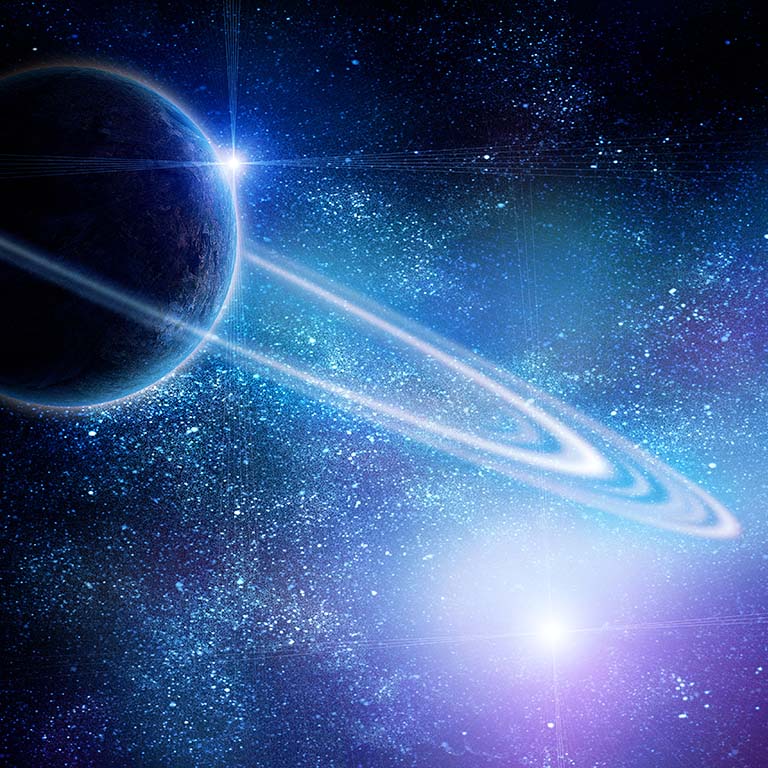BLOOMINGTON, Ind. -- Saturn will be the first planet to appear in the predawn sky in May, rising before 4 a.m. for viewers in the Northern Hemisphere. It will climb higher before dawn as the month progresses. On May 1 it will stand 11 degrees high in the east an hour before sunrise, and this will increase to 26 degrees by month's end.
Mercury will return to the morning sky shortly before dawn in May. It may be best viewed with binoculars very low in the east as the sky brightens. On May 9 the planet will reach its greatest elongation of 26 degrees from the sun.
Jupiter will set within an hour of the sun on May 1 and earlier each successive evening. Its Galilean moons will be visible from time to time. The giant planet will soon disappear from view, reaching conjunction with the sun on May 18. It will reappear in the morning sky next month.
Mars will be low in the eastern sky during May.
Venus will be too close to the sun for observation in May as it approaches conjunction with the sun in mid-June.
Meteor shower
This month Earth will encounter a stream of dust left behind in space by Comet Halley, causing the Eta Aquariid meteor shower that will peak before dawn on May 5. The shower will be active for a few days before and after the peak as well. The meteors will appear to come from a point called the radiant in the constellation Aquarius, which will rise in the east around 2 a.m. local time. The higher this point is above the horizon, the more meteors will be visible. The new moon on May 7 will not interfere with the display of meteors. Observers in the Northern Hemisphere may see 50 meteors per hour at the peak.
Moon phases
The moon will be at last quarter on May 1, new on May 7, at first quarter on May 15, full on May 23, and at last quarter again on May 30.
Author: Hal Kibbey Email: hkibbey [at] gmail.com




 The College of Arts
The College of Arts